Turtles make fascinating and rewarding pets, but providing them with a proper habitat is crucial for their health and longevity. Unlike more common pets like cats or dogs, turtles have very specific environmental needs that must be carefully addressed. Setting up a turtle tank involves more than just filling a container with water and adding decorations. It requires thoughtful planning and an understanding of your specific turtle species’ requirements. This comprehensive guide will walk you through everything you need to know about creating the perfect home for your shelled companion, from selecting the right equipment to establishing proper maintenance routines.
Choosing the Right Tank Size

The first and most fundamental step in creating a proper turtle habitat is selecting an appropriately sized tank. A common mistake new turtle owners make is purchasing a tank that’s too small, which can lead to stress and health problems for your pet. As a general rule, plan for 10 gallons of tank capacity for each inch of your turtle’s shell length at maturity—not their current size. For example, a red-eared slider that will grow to 10 inches needs at least a 100-gallon tank. Remember that turtles grow relatively quickly in their early years, so investing in a larger tank from the start will save you money in the long run. Additionally, rectangular tanks typically work better than tall ones, as turtles need substantial swimming space and a dedicated dry basking area.
Understanding Water Requirements
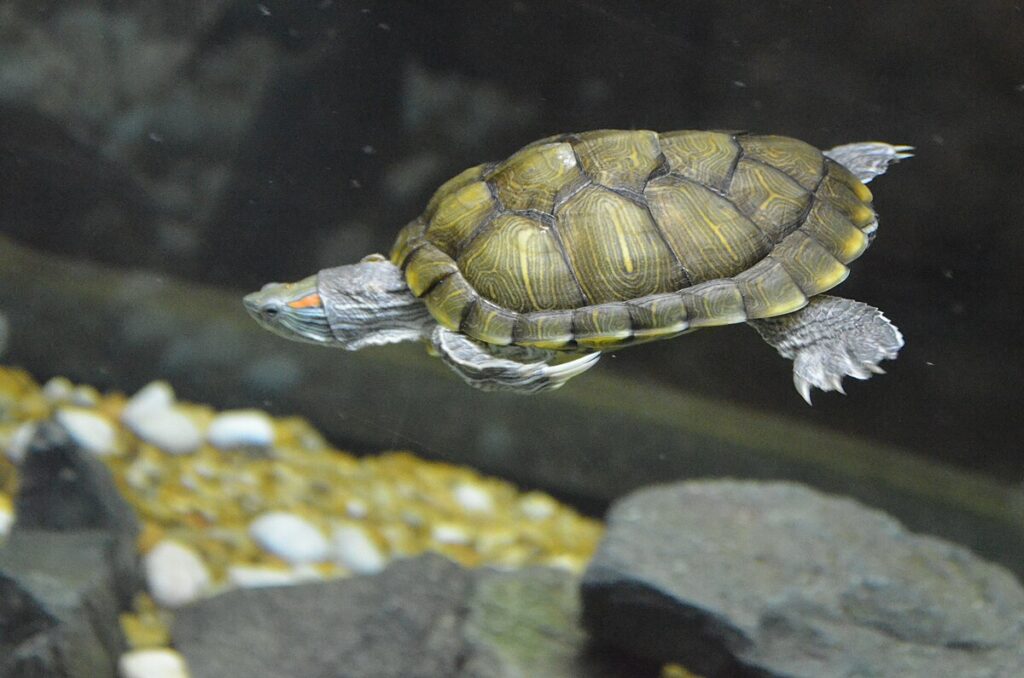
Water quality is paramount for aquatic and semi-aquatic turtles, as poor conditions can quickly lead to shell problems, infections, and other health issues. Aim to fill the tank with enough water for your turtle to swim comfortably—generally a depth of at least 1.5 to 2 times your turtle’s height. Never use untreated tap water, as chlorine and chloramines can harm your turtle; instead, use a reptile-safe water conditioner to neutralize these chemicals. The water temperature should typically be maintained between 75-80°F (24-27°C) for most common pet turtle species, though this can vary by species, so research your specific turtle’s needs. Installing a reliable aquarium thermometer is essential for monitoring water temperature consistently.
Creating an Effective Filtration System

Turtles are notoriously messy creatures that produce significantly more waste than fish of comparable size, making a robust filtration system absolutely essential. For turtle tanks, you’ll want to choose a filter rated for at least two to three times your actual tank size—for instance, use a filter rated for a 200-300 gallon aquarium in a 100-gallon turtle tank. Canister filters are typically the most effective option for turtle tanks because they offer powerful mechanical, biological, and chemical filtration while maximizing swimming space. Submersible filters often lack the necessary power, while hang-on-back filters may work for smaller setups but generally can’t handle larger turtle tanks. Regardless of the filter type you choose, plan to clean it regularly and perform partial water changes weekly to maintain water quality.
Setting Up the Perfect Basking Area

All turtles—even primarily aquatic species—require a dry area where they can completely exit the water to bask, which is crucial for their shell health, temperature regulation, and vitamin D synthesis. The basking area should be large enough for your turtle to climb completely out of the water and turn around comfortably. Commercial turtle docks work well, though many turtle keepers create custom platforms using slate tiles, egg crate light diffusers covered with non-adhesive shelf liner, or stacked rocks (ensuring they’re secure and won’t collapse). Position the basking area so it’s easily accessible from the water, with a gentle slope if possible to make climbing easier. The basking spot should be placed at one end of the tank, creating a temperature gradient that allows your turtle to thermoregulate by moving between warmer and cooler areas.
Installing Proper Lighting and Heating

Proper lighting is non-negotiable for turtle health, as they require specific types of light for different physiological processes. You’ll need to provide both UVA and UVB light, which helps turtles metabolize calcium and prevents metabolic bone disease. Mount a reptile-specific UVB bulb above the basking area, following the manufacturer’s recommendations for distance (typically 10-12 inches above where the turtle basks). Additionally, you’ll need a heat lamp to create a basking spot temperature between 85-95°F (29-35°C) for most common pet turtle species. Use a basking lamp with a reflector dome to direct heat downward, and always monitor temperatures with a reliable thermometer. Since both UVB output and heat bulbs degrade over time, plan to replace UVB bulbs every 6-12 months even if they still appear to be working.
Selecting Appropriate Substrate

The substrate you choose for your turtle tank can significantly impact maintenance requirements and water quality. For purely aquatic setups, many experienced turtle keepers prefer a bare-bottom tank for easiest cleaning, while others opt for large, smooth river rocks or pebbles that are too large for the turtle to swallow. Sand is generally not recommended as it can clog filters and potentially cause impaction if ingested. If you’re creating a semi-aquatic setup with a land area, use a substrate like coconut coir, orchid bark, or reptile-safe soil for the terrestrial section. Avoid small gravel in any part of the tank, as turtles may mistake it for food and consume it, which can cause intestinal blockages requiring veterinary intervention.
Adding Appropriate Decorations and Enrichment

While a minimalist setup can work for turtles, providing environmental enrichment through carefully selected decorations can improve their quality of life and encourage natural behaviors. Driftwood pieces create excellent climbing opportunities and hiding spots, though ensure they’re secured so they won’t float or tip over. Aquatic plants, either live or artificial, can provide additional hiding places and visual barriers that help turtles feel secure. If using live plants, research turtle-safe varieties and be prepared for your turtle to possibly eat them. Provide caves or other hiding spots where your turtle can retreat when feeling stressed or threatened. Just remember that all decorations should be smooth with no sharp edges that could injure your turtle, and they should be arranged to maintain ample swimming space.
Managing Water Quality Parameters

Beyond basic filtration, maintaining specific water parameters is essential for turtle health and preventing common issues like shell rot and respiratory infections. Invest in a water testing kit that measures pH, ammonia, nitrite, and nitrate levels. For most turtle species, aim for a neutral pH between 6.5 and 7.5. Ammonia and nitrite should always read zero, while nitrates should be kept below 40 ppm through regular partial water changes. Hard water with moderate mineral content is generally beneficial for turtle shell health. Consider investing in a water conditioning system if your tap water has extreme parameters. Remember that new tanks need time to cycle and establish beneficial bacteria colonies before adding turtles, just as you would cycle an aquarium for fish.
Establishing a Proper Feeding Area

Creating a dedicated feeding strategy helps maintain water quality and reduces the cleaning burden of your turtle habitat. Many experienced keepers recommend feeding turtles in a separate container outside their main tank, which prevents uneaten food from decomposing in the habitat and fouling the water. If separate feeding isn’t practical, consider designating a specific feeding area in the tank, possibly using a shallow feeding dish that contains food and limits mess. Some keepers train their turtles to associate a specific object (like a feeding stick or colored dish) with feeding time. For messy foods like leafy greens, floating feeding rings can help contain debris and make cleanup easier. Regardless of your approach, remove any uneaten food promptly to prevent water quality issues.
Setting Up a Maintenance Schedule

Consistent maintenance is crucial for a healthy turtle environment, and establishing a regular schedule from the beginning makes the process manageable. Plan for weekly partial water changes of approximately 25-30% of the tank volume, using a gravel vacuum to remove debris from the substrate if present. Perform monthly deep cleanings that include scrubbing algae from decorations and tank walls with an aquarium-safe brush. Check and clean your filtration system according to the manufacturer’s recommendations, typically every 2-4 weeks depending on turtle size and feeding habits. Monitor water parameters weekly during the first few months, then bi-weekly once the system stabilizes. Keep a maintenance log to track water parameters, cleaning dates, and any behavioral changes in your turtle that might indicate environmental issues.
Addressing Common Setup Mistakes

Even with careful planning, new turtle keepers often encounter several common setup problems that can be easily avoided. One frequent mistake is underestimating filtration needs, resulting in chronically dirty water despite regular cleaning. Another is positioning heat and UVB lamps incorrectly, creating either insufficient basking temperatures or inadequate UVB exposure. Many keepers also fail to provide adequate swimming depth, particularly as turtles grow larger. Cohabitation issues arise when incompatible species or too many turtles are housed together in insufficient space. Additionally, many new turtle owners create overly complex setups with too many decorations that restrict swimming space and complicate cleaning. By researching your specific turtle species’ needs before purchasing equipment and learning from experienced keepers, you can avoid these pitfalls and create an optimal environment from the start.
Species-Specific Considerations

While the general principles of turtle tank setup apply broadly, different species have unique requirements that should influence your habitat design. Red-eared sliders, painted turtles, and cooters are highly aquatic and require deep water for swimming with a modest basking area. Box turtles and wood turtles, by contrast, need primarily terrestrial setups with shallow water areas. Musk and mud turtles benefit from deeper water but smaller basking areas, as they spend less time out of water than sliders. Softshell turtles require very fine sand substrate for burrowing and exceptionally clean water. Map turtles often appreciate stronger water current created by powerheads or specialized filter outputs. Research your specific species’ natural habitat and try to recreate those conditions in terms of water depth, current, temperature, and basking requirements for optimal health and natural behaviors.
Safety and Health Precautions
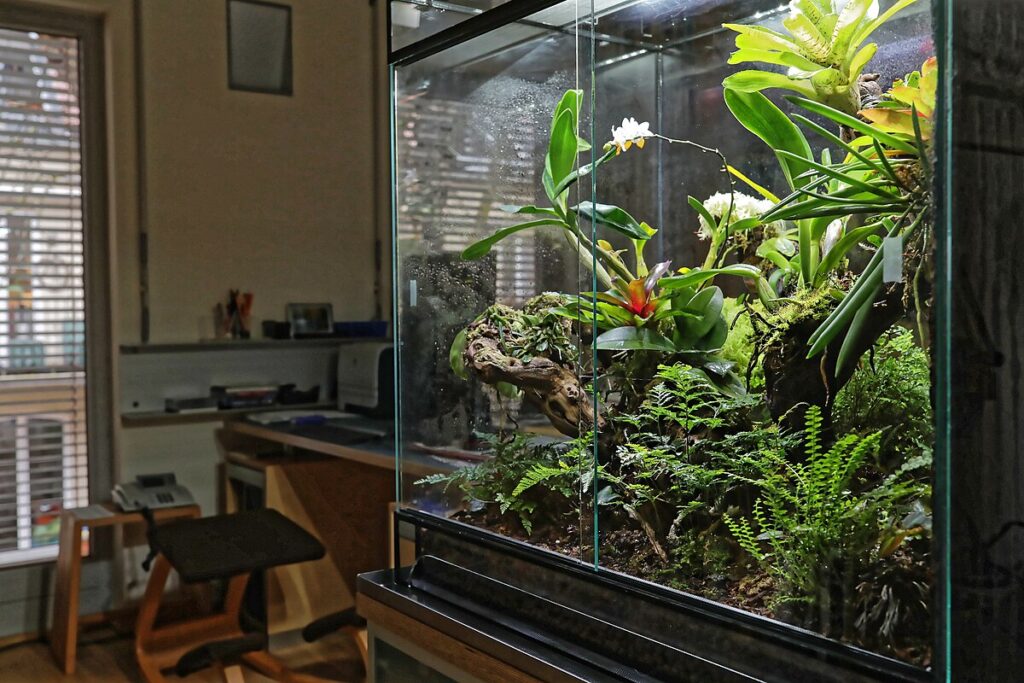
Setting up your turtle tank with safety in mind prevents accidents and health risks for both you and your shelled friend. Always wash your hands thoroughly after handling turtles or maintaining their habitat, as they can carry Salmonella bacteria. Secure all electrical components like heaters, filters, and lighting fixtures well above water level and use drip loops on cords to prevent water from reaching outlets. If children will be interacting with the turtle, establish strict handling and hygiene rules. Ensure the tank has a secure lid or mesh top to prevent escape, as turtles can be surprisingly adept climbers. Position the tank on a sturdy stand rated for the full weight of the setup—a large turtle tank can weigh hundreds of pounds when filled. Finally, have a reptile veterinarian’s contact information readily available before emergencies arise, as specialized care is often required for turtle health issues.
Creating the perfect turtle habitat takes planning, research, and ongoing dedication, but the results are well worth the effort. A properly set up turtle tank provides your shelled companion with the environmental conditions needed to thrive, potentially for decades to come. Remember that the initial investment in quality equipment pays dividends in reduced maintenance headaches and veterinary bills. By focusing on appropriate tank size, effective filtration, proper lighting and heating, and regular maintenance, you’ll create a healthy ecosystem that allows your turtle to display natural behaviors and remain vibrant and active. As you become more familiar with your specific turtle’s preferences and habits, you can continue to refine the habitat to better meet their needs, fostering a rewarding relationship with these fascinating reptiles.


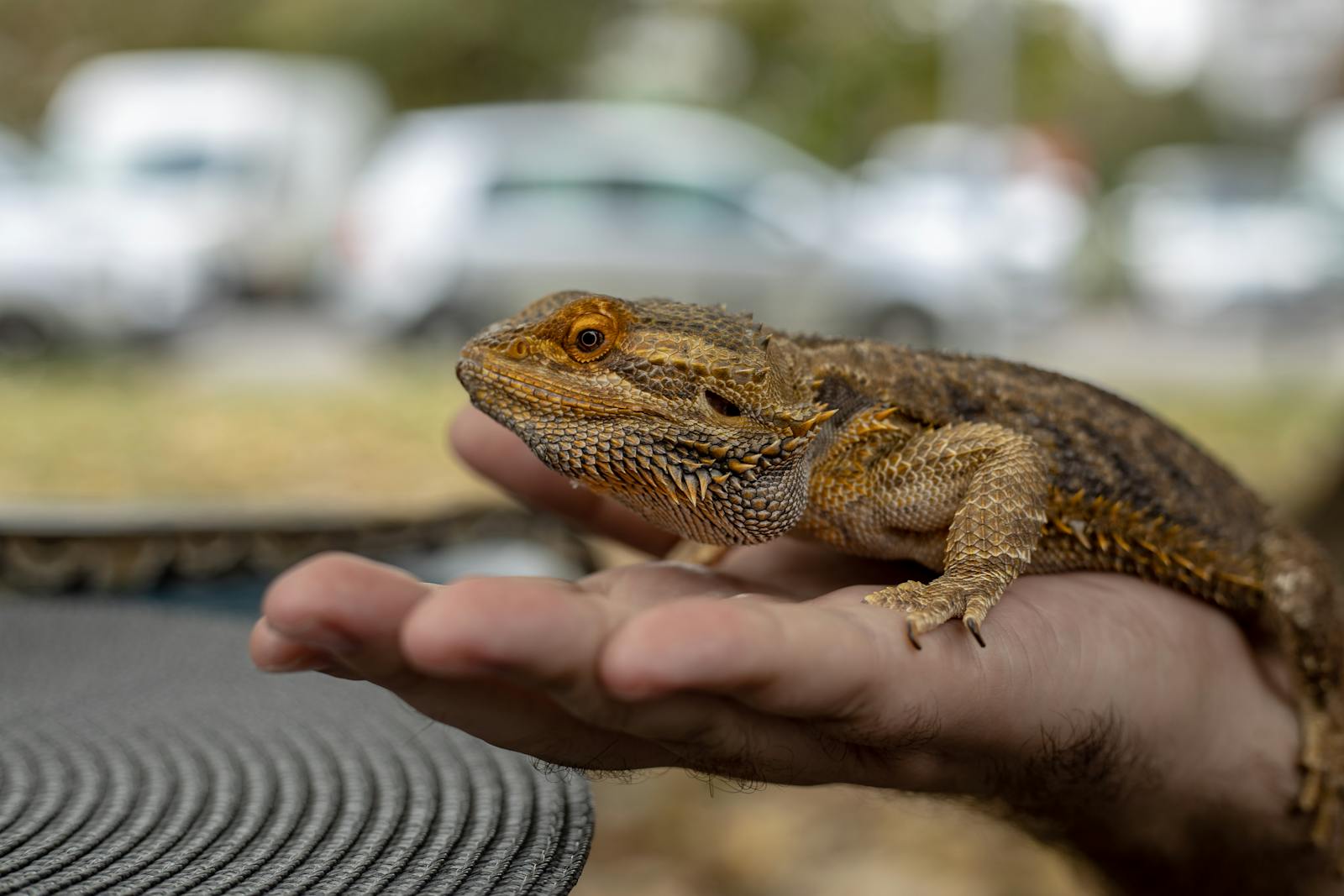
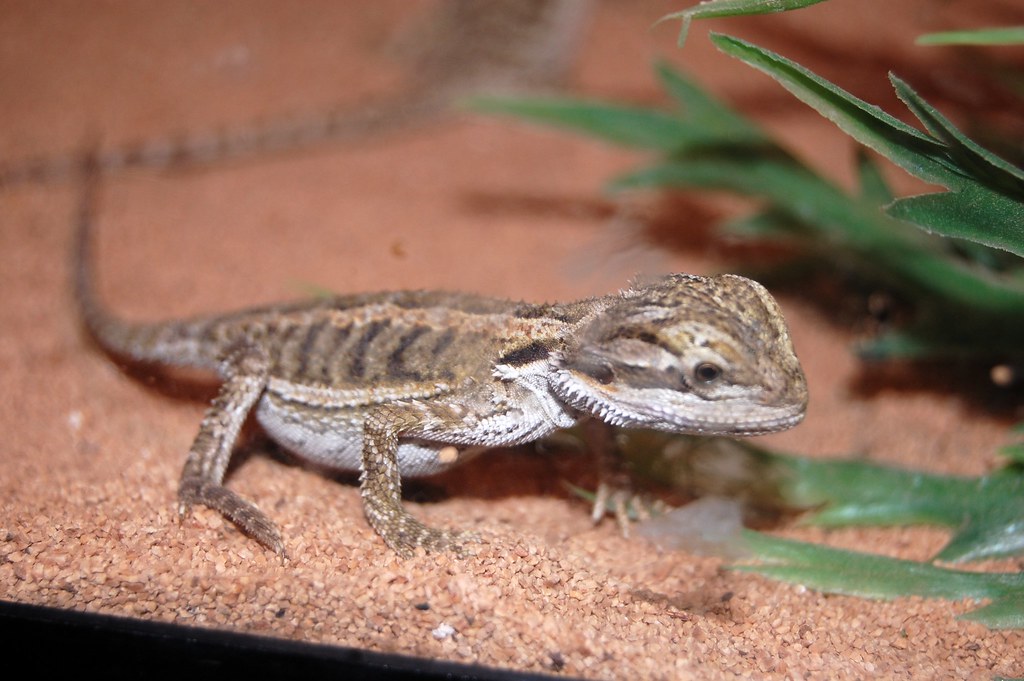
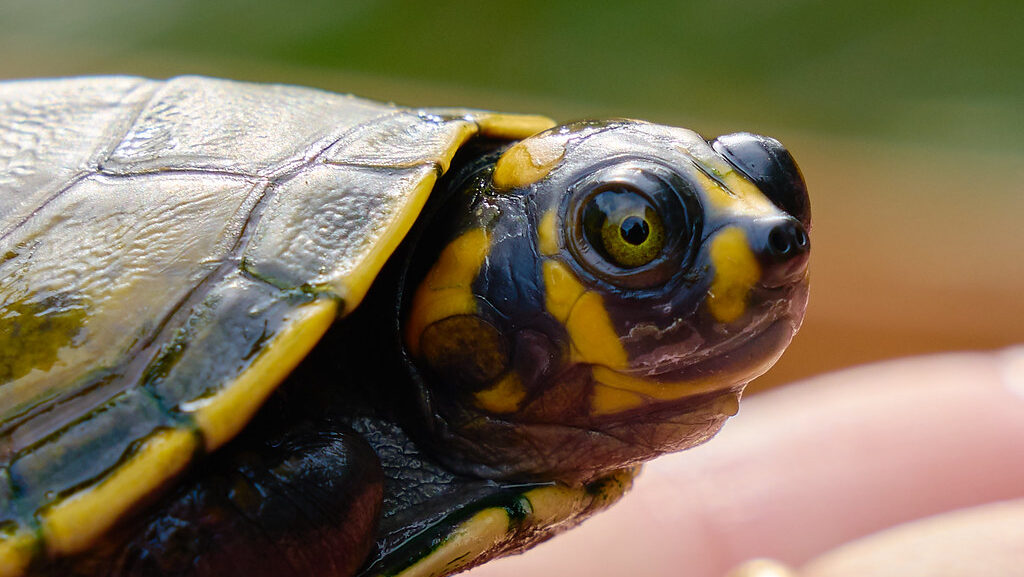
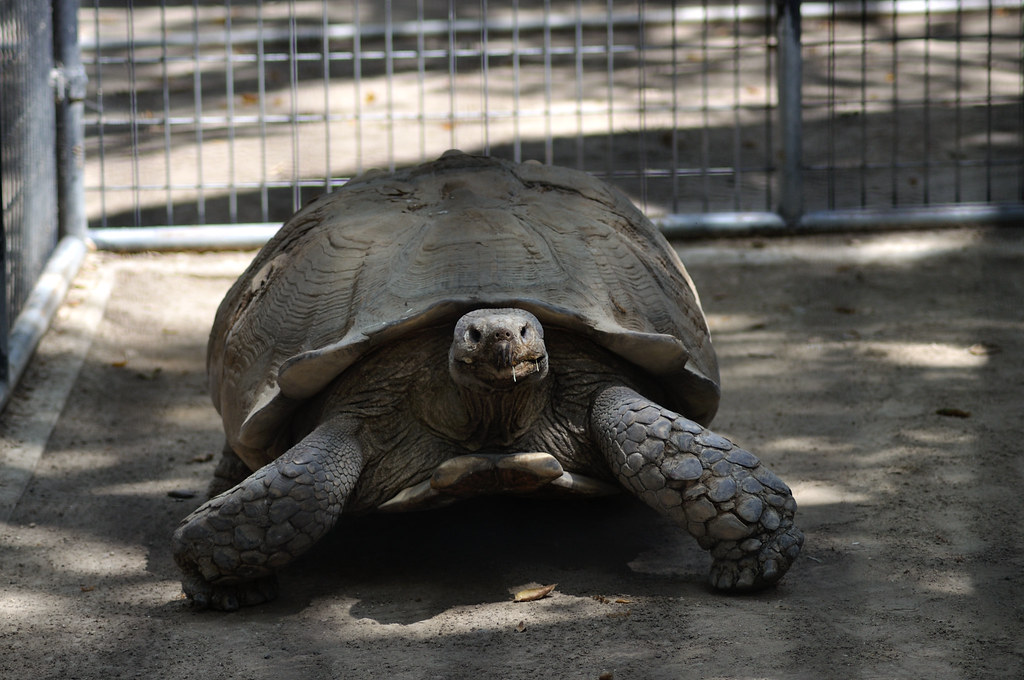
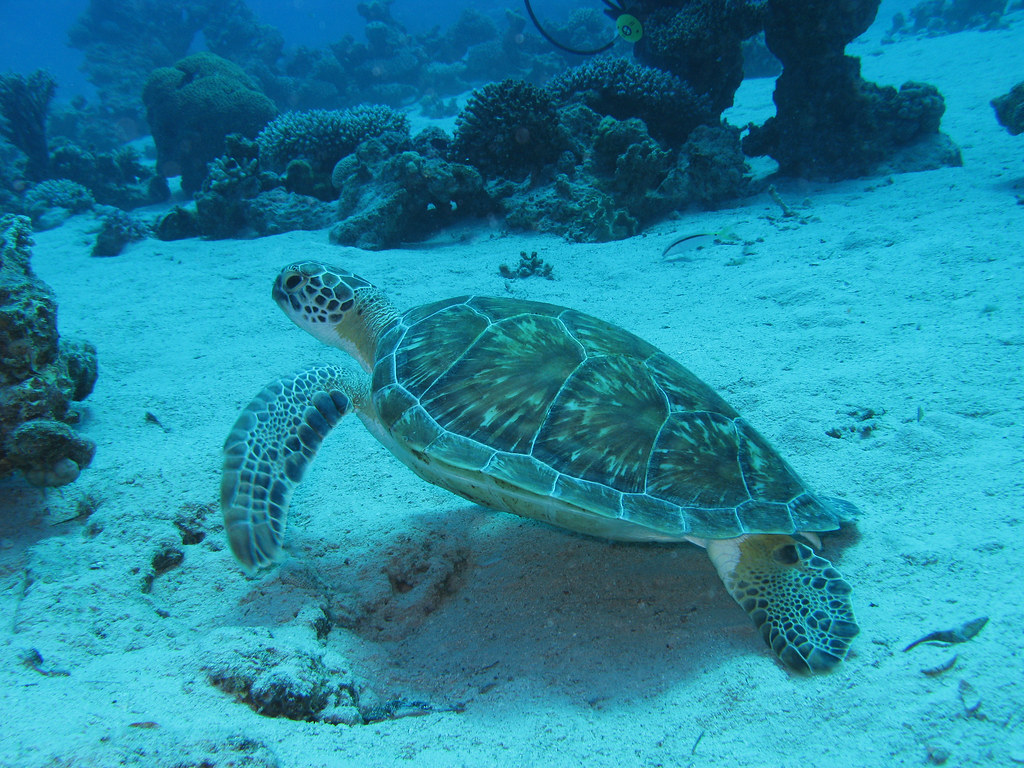
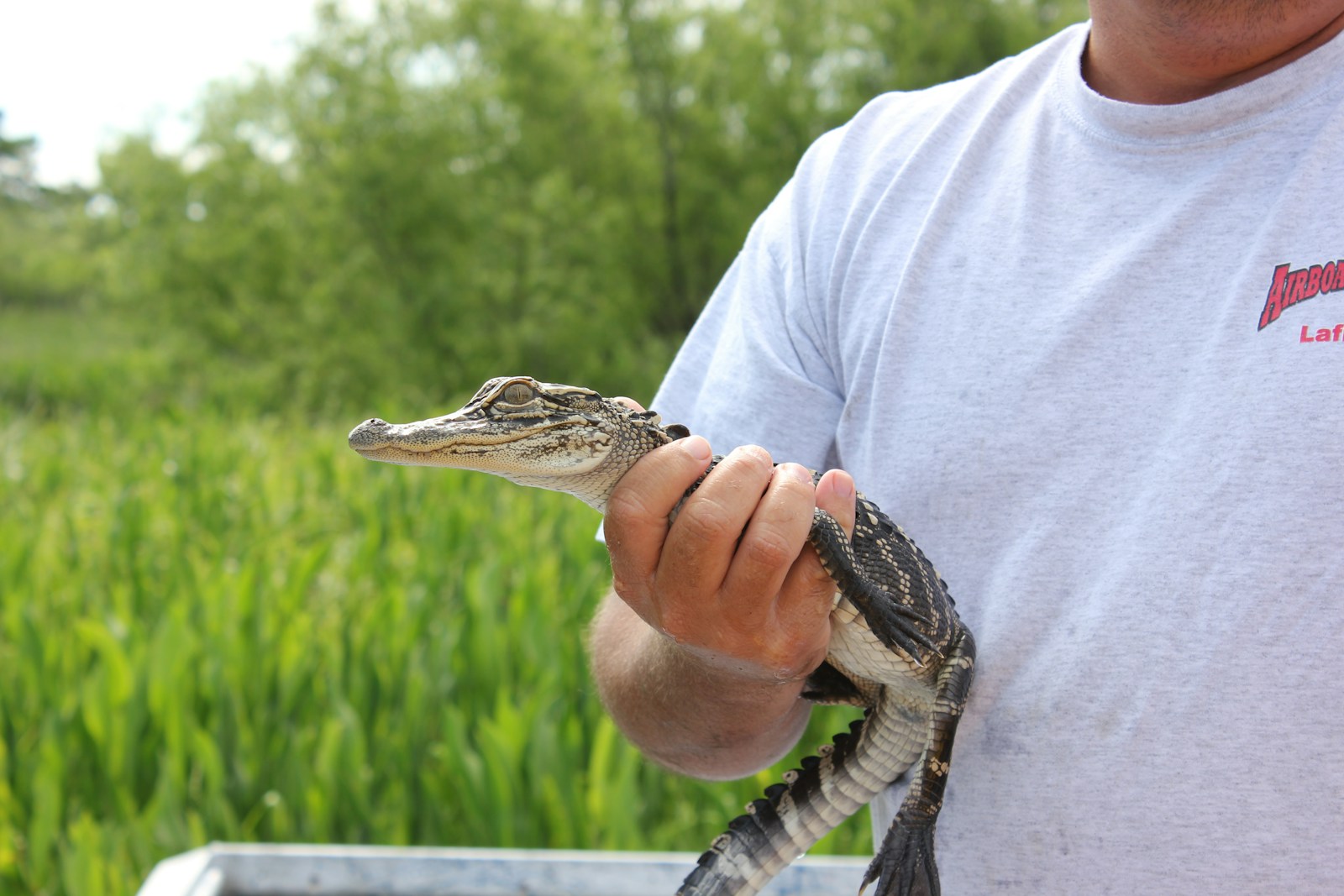

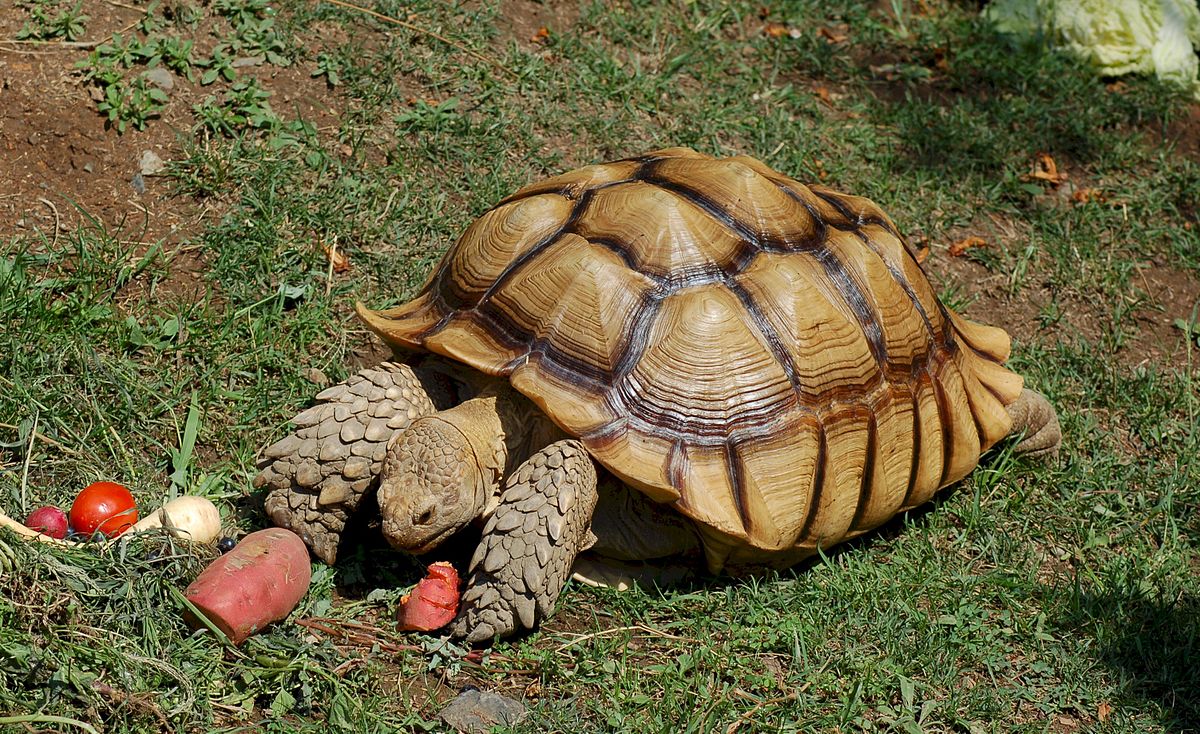
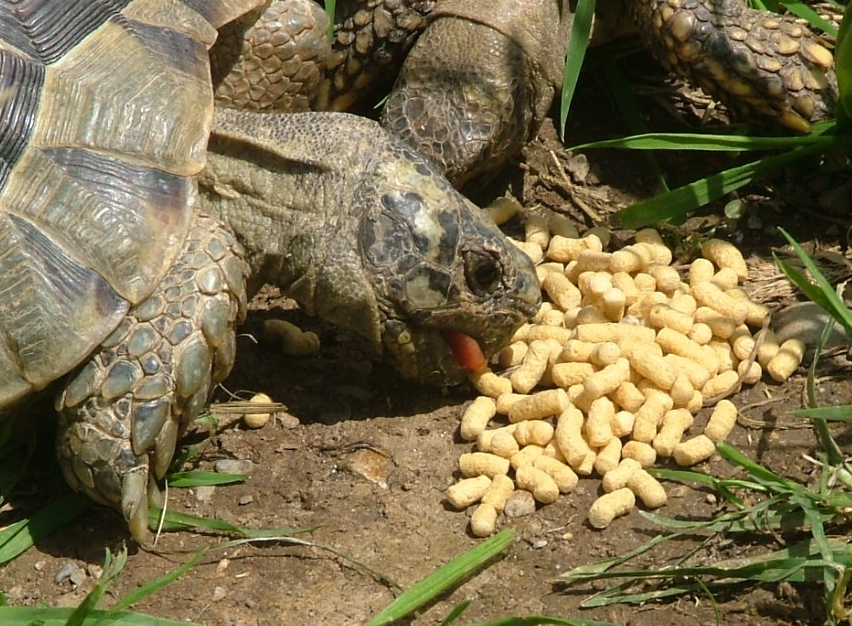





Leave a Reply